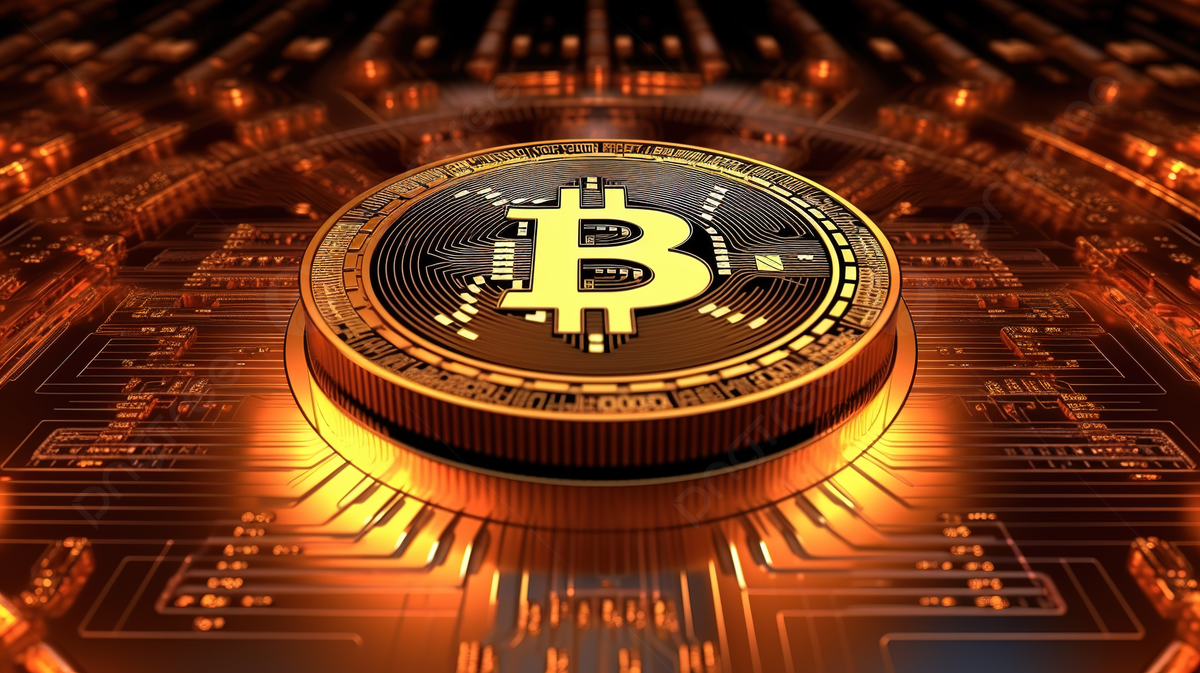The FPI selling in October is the second highest in 2023 and is lower from January numbers when they sold equities worth Rs 28,852 crore. In February, they sold equities worth Rs 5,294 crore.
“FPI selling continues unabated. In October through 27th, FPIs have sold equity for Rs 20,356 crores. The selling through exchanges has been higher at Rs 25,575 crores. FPIs were sellers in sectors like financials, power, FMCG and IT,” V K Vijayakumar, Chief Investment Strategist at Geojit Financial Services said.
Vijaykumar attributes the sustained sell-off to a sharp spike in US bond yields which took the 10-year yield to a 17-year high of 5%.
Though the yield has now declined to 4.84%, it still stays at high levels and the Geojit analyst sees a rationale for FIIs to take out some money.
The ongoing Israel-Hamas conflict in West Asia and the uncertainty surrounding the conflict has added to negative sentiments in the market, he opines.
Meanwhile, the FPI investment has been rising in the debt market as they invested Rs 6,080 crore during the month. It was up over five-fold month-on-month from Rs 938 crore in September.FPI selling has impacted the financial services and IT segment more than others and these two segments account for the major part of FPI’s AUM (Assets Under Management), this analyst said. “Of the total FPI AUM of around $652 billion, financial services account for $213 billion and IT accounts for $64 billion. It is important to note that stock prices in these segments are weak due to FPI selling and not due to any fundamental factors,” he reasoned.
Even as the Nifty broke a six-session falling streak on Friday with a thump, the foreign institutional investors were net sellers at Rs 1,500 crore. The Domestic Institutional Investors, however, purchased the local equities worth Rs 313.69 crore.
They were net buyers between March and August with May, June, and July months seeing buying in excess of Rs 40,000 crore on a monthly basis.
In the last 10 months, FPIs have bought worth Rs 100,163 crore according to NSDL data.
(Disclaimer: Recommendations, suggestions, views, and opinions given by the experts are their own. These do not represent the views of Economic Times)













